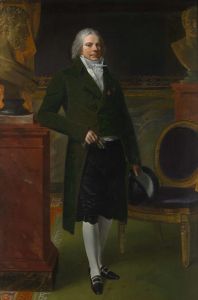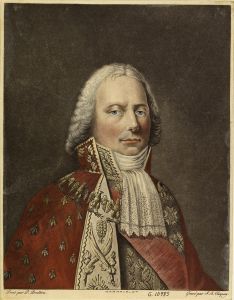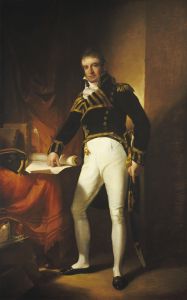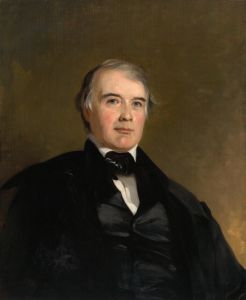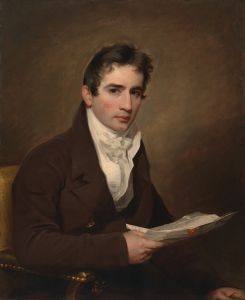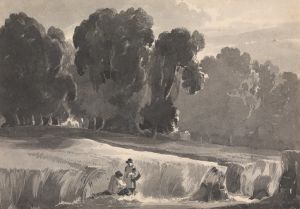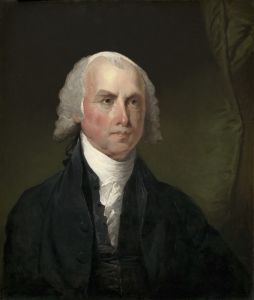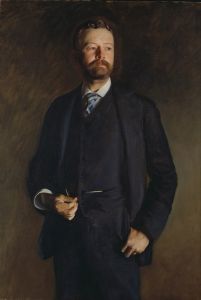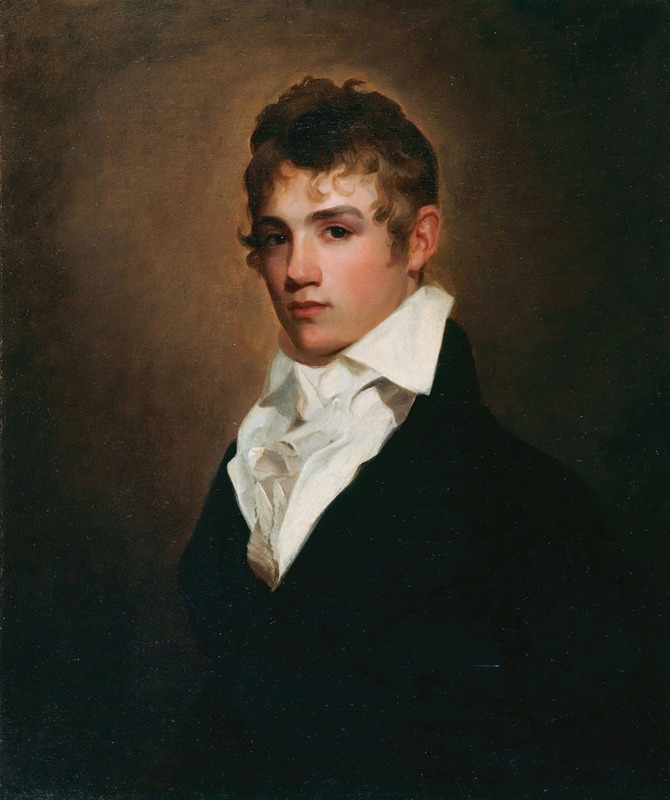
George Mifflin Dallas
A hand-painted replica of Thomas Sully’s masterpiece George Mifflin Dallas, meticulously crafted by professional artists to capture the true essence of the original. Each piece is created with museum-quality canvas and rare mineral pigments, carefully painted by experienced artists with delicate brushstrokes and rich, layered colors to perfectly recreate the texture of the original artwork. Unlike machine-printed reproductions, this hand-painted version brings the painting to life, infused with the artist’s emotions and skill in every stroke. Whether for personal collection or home decoration, it instantly elevates the artistic atmosphere of any space.
Thomas Sully's portrait of George Mifflin Dallas is a notable example of 19th-century American portraiture. Thomas Sully, an esteemed portrait artist of the time, was known for his ability to capture the likeness and character of his subjects with a refined elegance. Born in England in 1783, Sully moved to the United States as a child and became one of the most prominent portrait painters in America during his career, which spanned over seven decades.
George Mifflin Dallas, the subject of this portrait, was an influential American politician and diplomat. Born on July 10, 1792, in Philadelphia, Pennsylvania, Dallas was a member of a prominent family with deep roots in American politics. His father, Alexander J. Dallas, served as the U.S. Secretary of the Treasury under President James Madison. George Mifflin Dallas followed in his father's footsteps, pursuing a career in law and politics.
Dallas's political career was marked by several significant roles. He served as the Mayor of Philadelphia from 1828 to 1829 and was later appointed as the U.S. Minister to Russia from 1837 to 1839. However, he is perhaps best known for his tenure as the 11th Vice President of the United States, serving under President James K. Polk from 1845 to 1849. During his vice presidency, Dallas played a role in supporting the administration's policies, including the controversial annexation of Texas and the Mexican-American War.
The portrait by Thomas Sully captures Dallas during a period of his life when he was an established figure in American politics. Sully's technique is characterized by a soft, yet detailed approach, often using a warm color palette that adds a sense of vitality and presence to his subjects. In this portrait, Sully likely employed his signature style to convey Dallas's dignified demeanor and political stature.
Sully's portraits were highly sought after by prominent figures of the time, and his work contributed significantly to the visual documentation of American history. His ability to portray the essence of his subjects made his portraits not only artistic achievements but also valuable historical records. The portrait of George Mifflin Dallas is a testament to Sully's skill in capturing the personality and status of his subjects, providing insight into the character of a man who played a significant role in mid-19th century American politics.
Today, Thomas Sully's works, including the portrait of George Mifflin Dallas, are held in high regard and can be found in various art collections and museums. They continue to be studied and appreciated for their artistic merit and historical significance, offering a window into the lives of influential figures from America's past.





